The Cisterns of Istanbul are a fascinating underground wonder and a historical gem. The cisterns, also known as Yerebatan Sarnıcı or Basilica Cistern, are an underground water storage system that was designed in the 6th century during the Byzantine rule in Istanbul. It had been commissioned by Emperor Justinian I to supply water to the Great Palace of Constantinople and its surrounding areas.
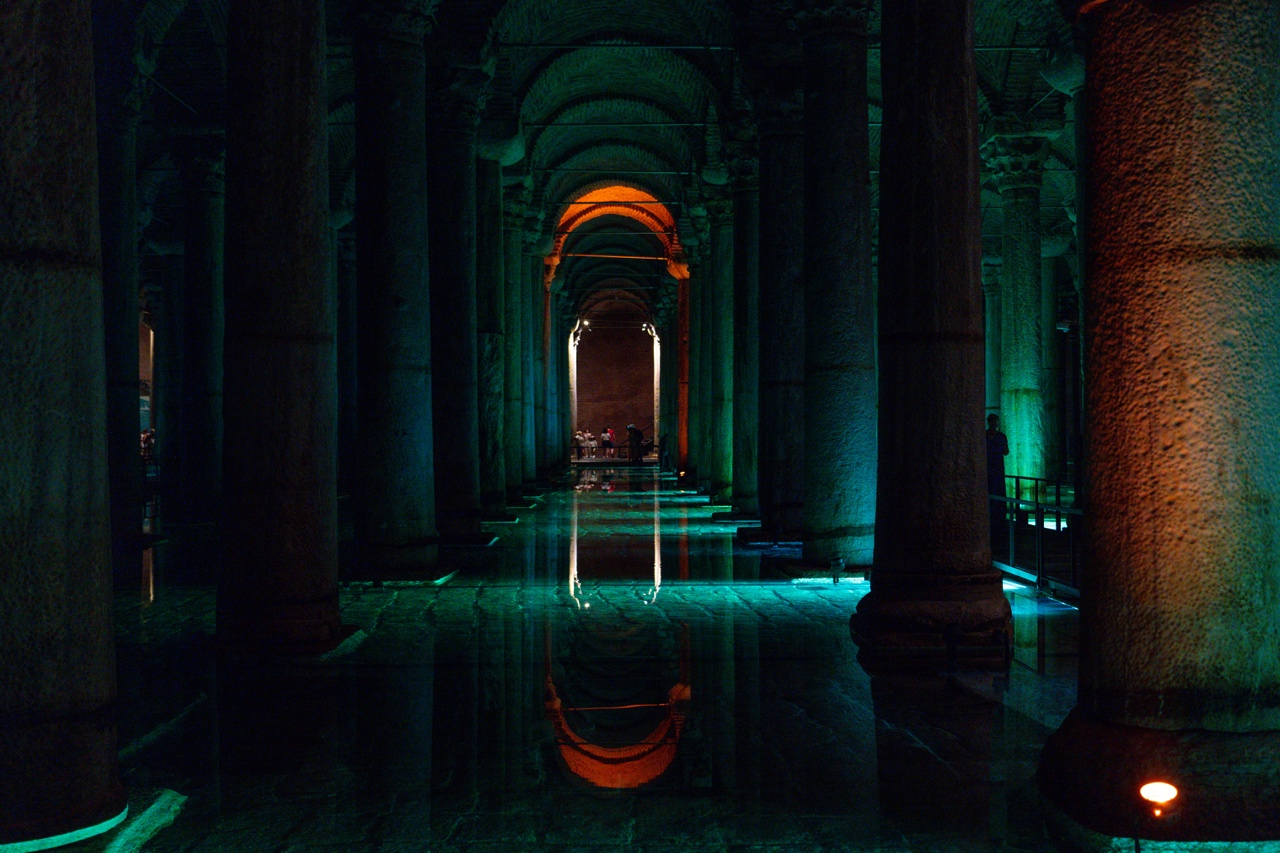
HISTORY & ARCHITECTURE
Built during the 6th century during the reign of Emperor Justinian I, the cisterns served as a vast underground water storage facility for the Byzantine Palace. The Basilica Cistern’s roof is supported by a forest of 336 marble columns. The columns are said to have been repurposed from earlier structures, including ancient temples and buildings from the Roman period. They display a mix of various architectural styles like Doric, Corinthian, and Ionic, showcasing Istanbul’s fusion heritage. The cisterns held a capacity of up to 80,000 cubic meters of water!
During Ottoman rule in Turkey, the Basilica Cistern supplied water to the Topkapi Palace and the Imperial Harem. However, with the Empire’s disintegration, it fell into disuse until Dutch traveler, Petrus Gyllius restored the facility and placed lights to illuminate the columns and interiors. It was opened to the public in 1987.

LOCATION & OPENING HOURS
The Cisterns of Istanbul are located in the Sultanahmet district, near other popular landmarks like the Hagia Sophia and the Blue Mosque. The cisterns are open to visitors daily from 9 am to 7 pm every day.
Visitors have many options to arrive by public transport, including:
- By Bus: 28, 30D, 46C, 54E, 66, 77A, 92C, 99A, EM1
- By Train: Marmaray (Atakoy to Pendik) and Marmaray (Halkali to Gebze)
- By Tram: T1
- By Metro: M2
TICKETS
Tickets for skip-the-line entrance to the cistern cost 26 USD/person, and can be purchased here. You can also purchase different packages that include a guided tour, or depending on your itinerary in Istanbul, you purchase combo tickets for entrance to other sites such as the Topkapi Palace.
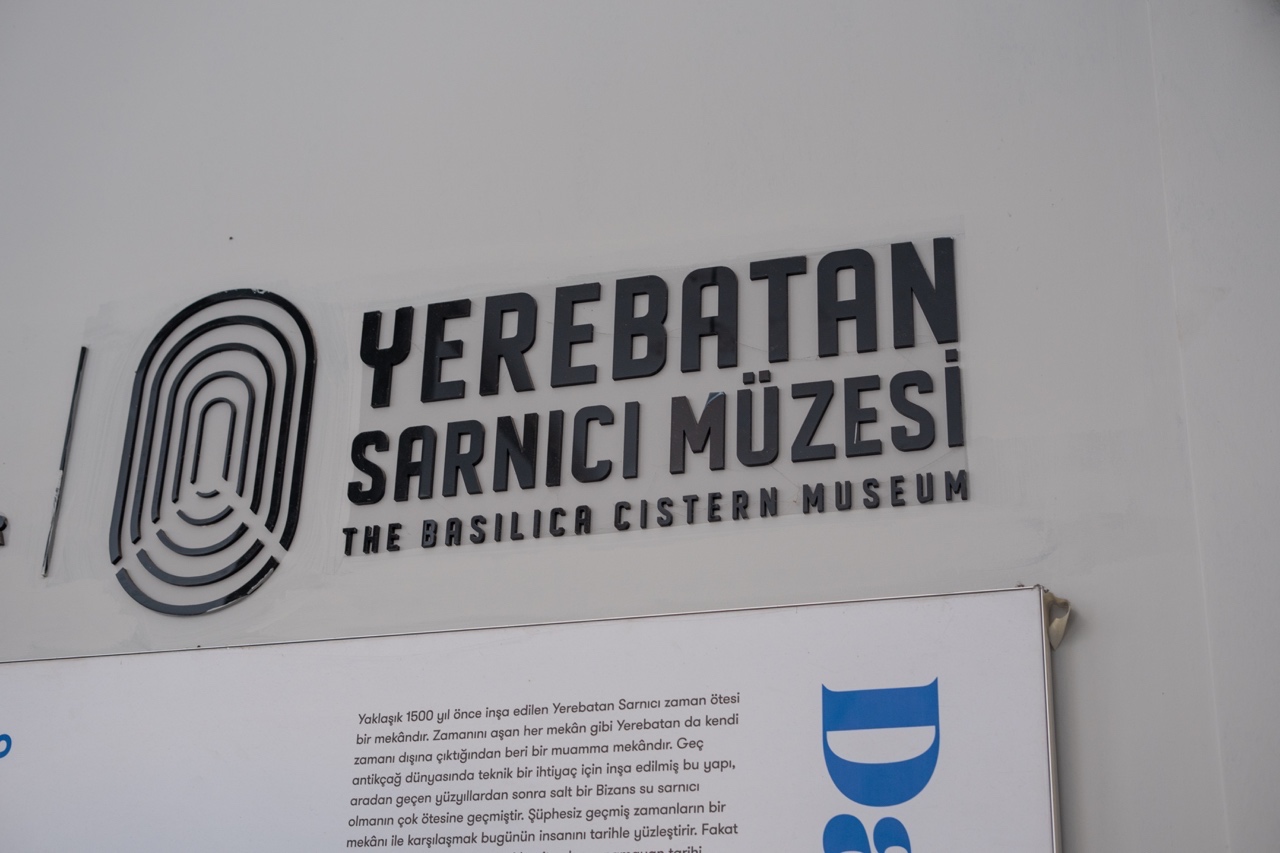
INSIDE THE CISTERNS
The underground cisterns were an incredible engineering marvel of its day. Tours of the Cistern used to be done by boat, but restorations were done in 1985 to install boardwalks for visitors to tour the area. Some things to keep an eye out for include:
Medusa Heads: As you explore the cisterns, keep an eye out for the two Medusa heads, which are the most famous highlights. One of the Gorgon monster’s heads is positioned sideways while the other is placed upside down. It was believed that they were placed inside the Cistern to protect the water reserve.
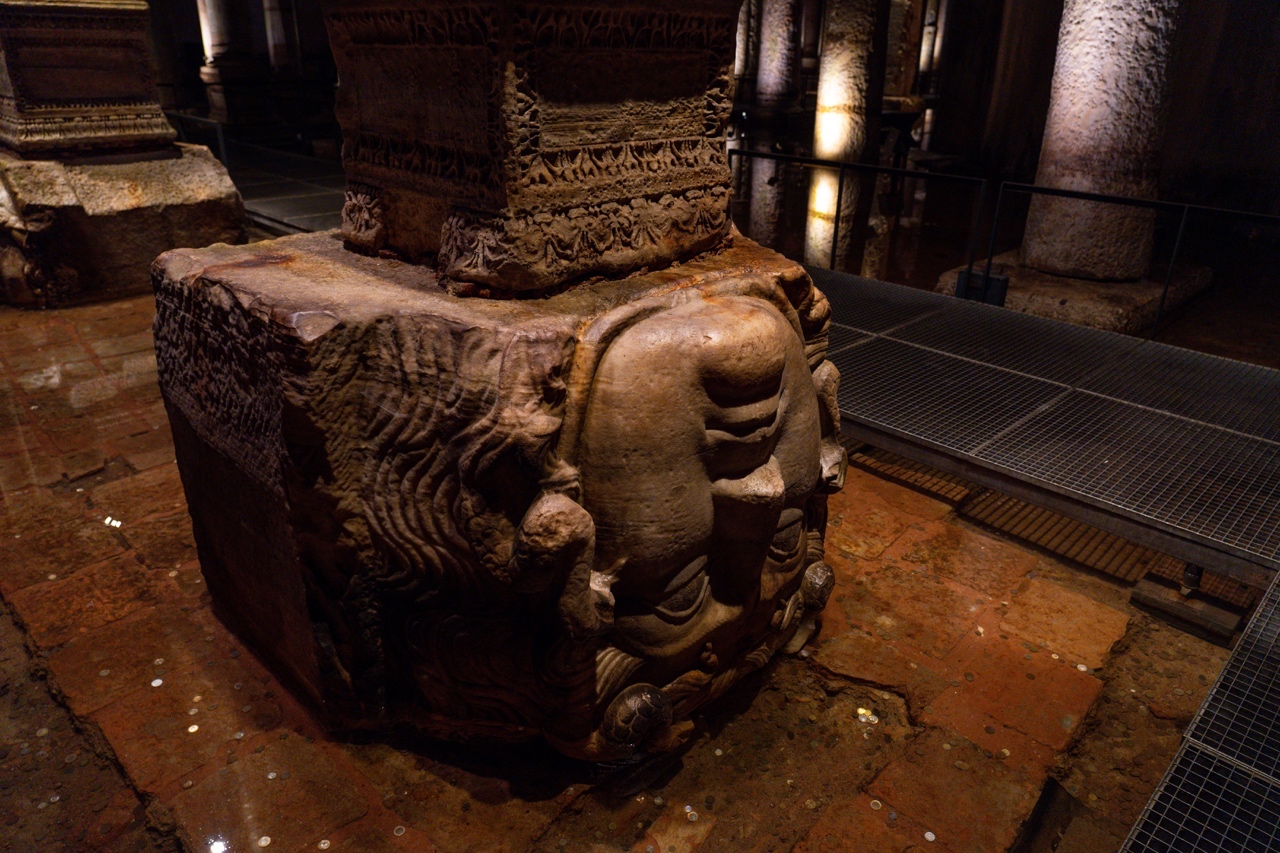
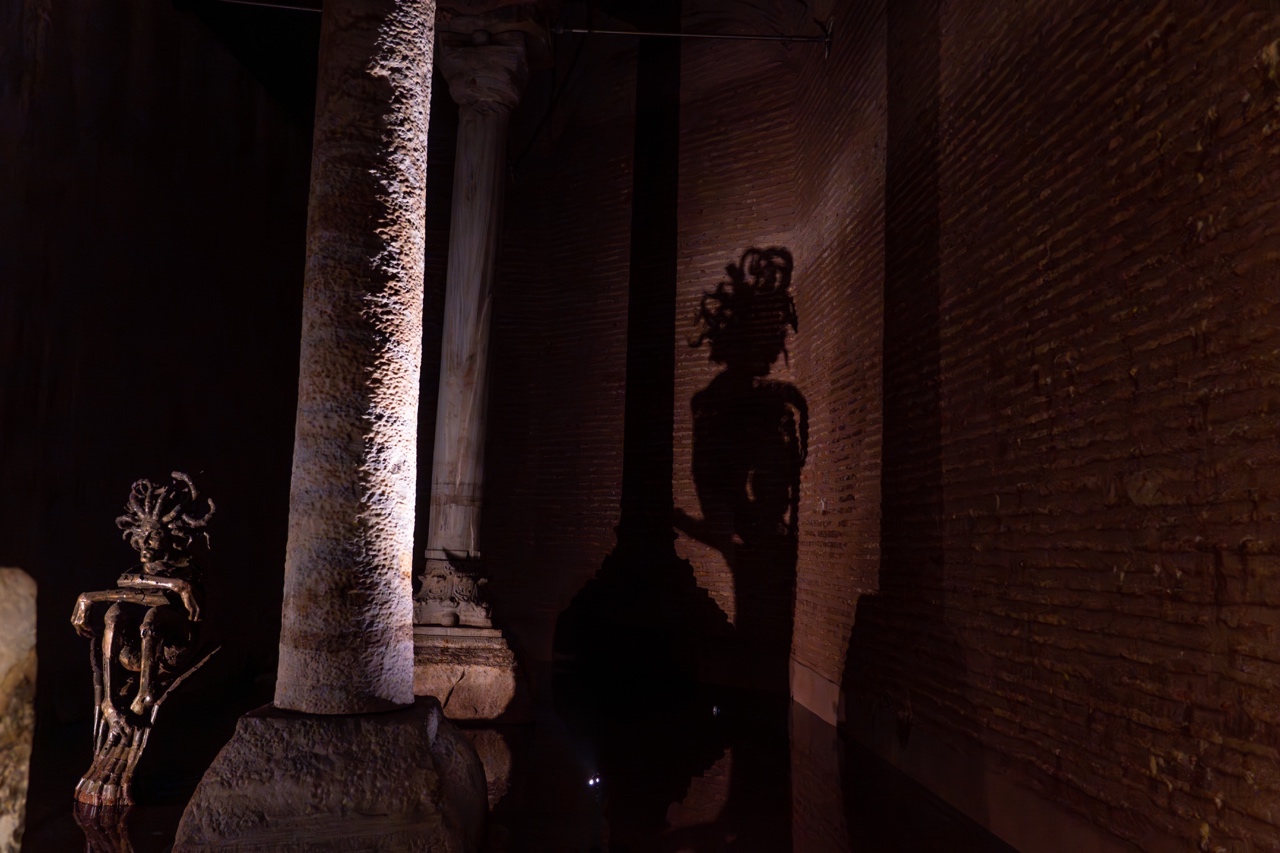
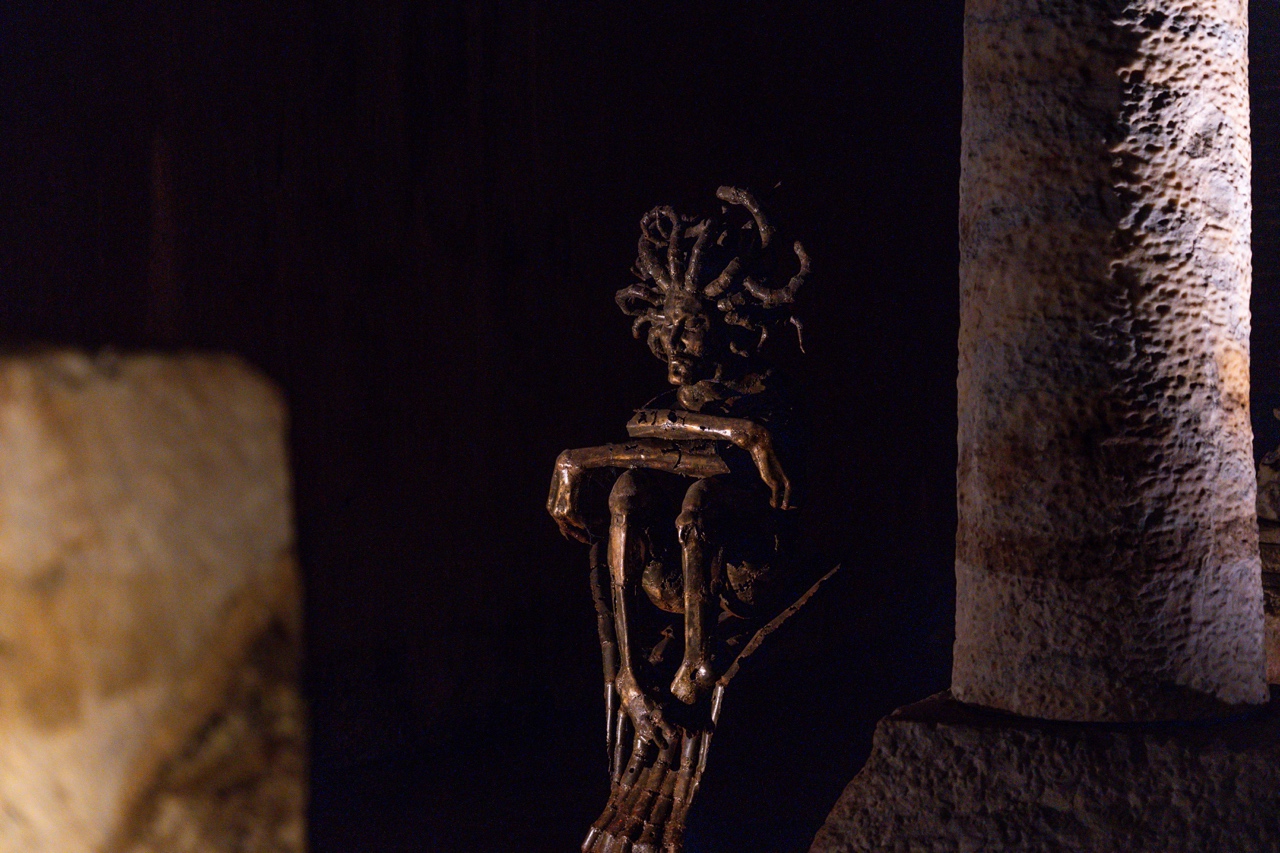
Weeping Column: In the 38 years that it took to build the Basilica Cistern, 7000 slaves worked on it and hundreds passed away. The ‘Weeping Column’ is erected as a tribute to these workers, with peacocks, branches, tear reliefs, and carvings on it. It is towards the northwest side of the Cistern.

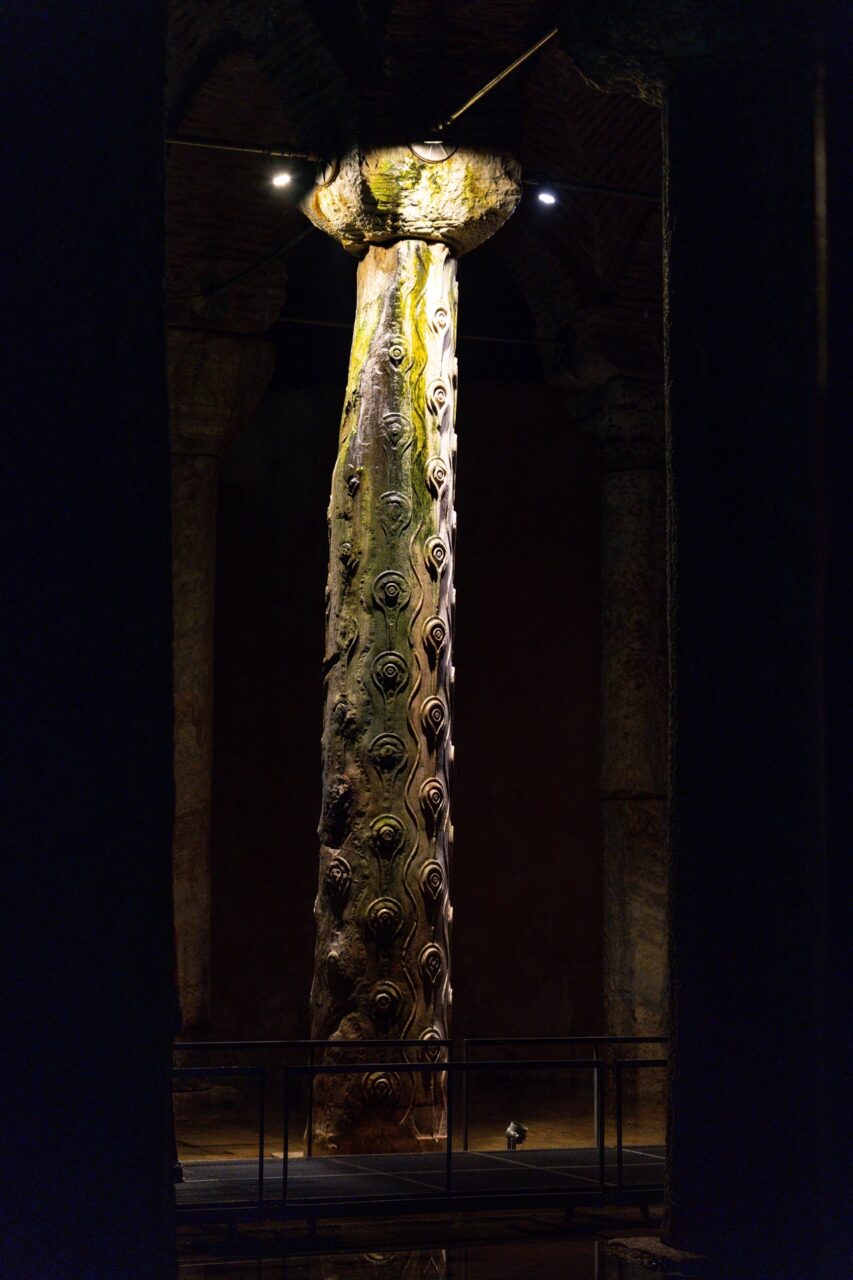
Reused Columns: Many of the columns were sourced from ancient structures and repurposed for the construction of the cistern. Some of these columns are believed to have originated from older temples and buildings, contributing to the cistern’s historical significance.
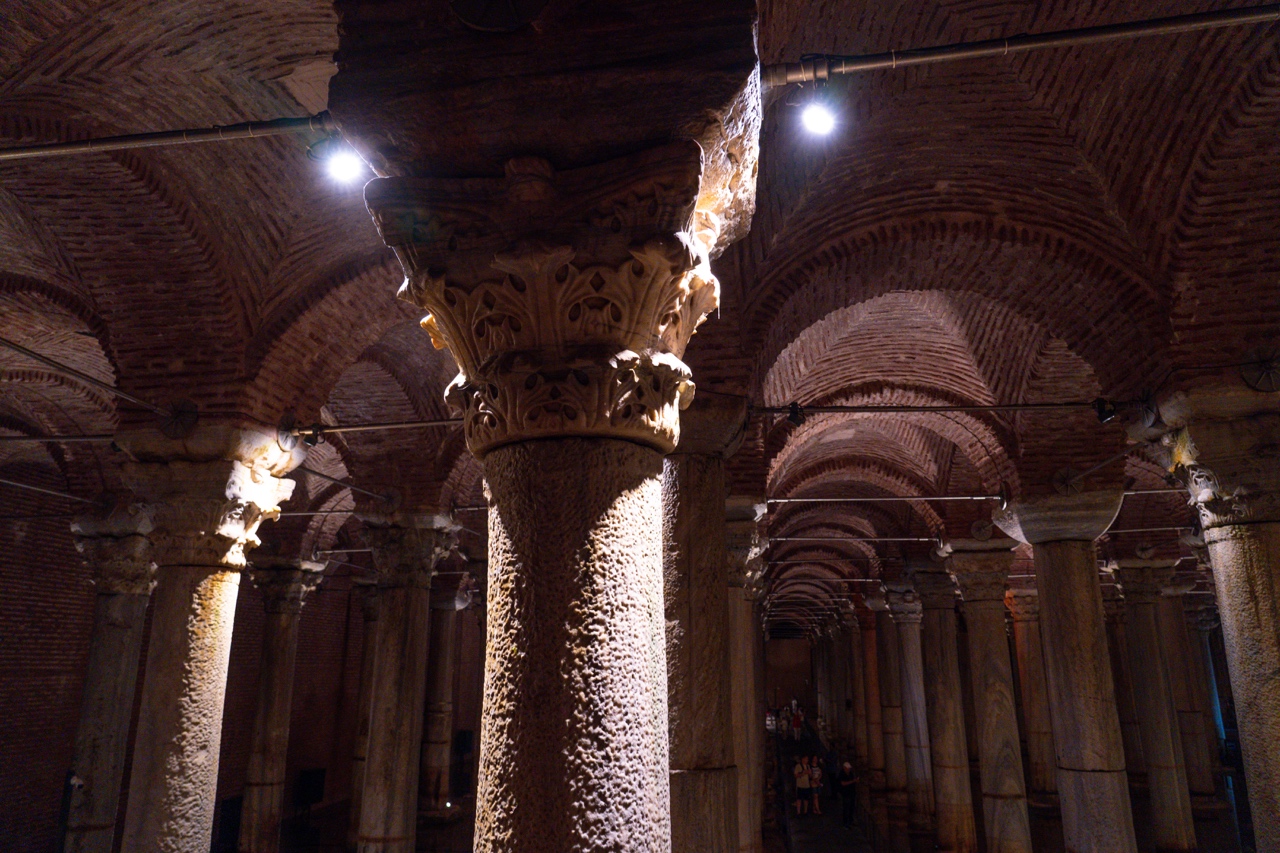
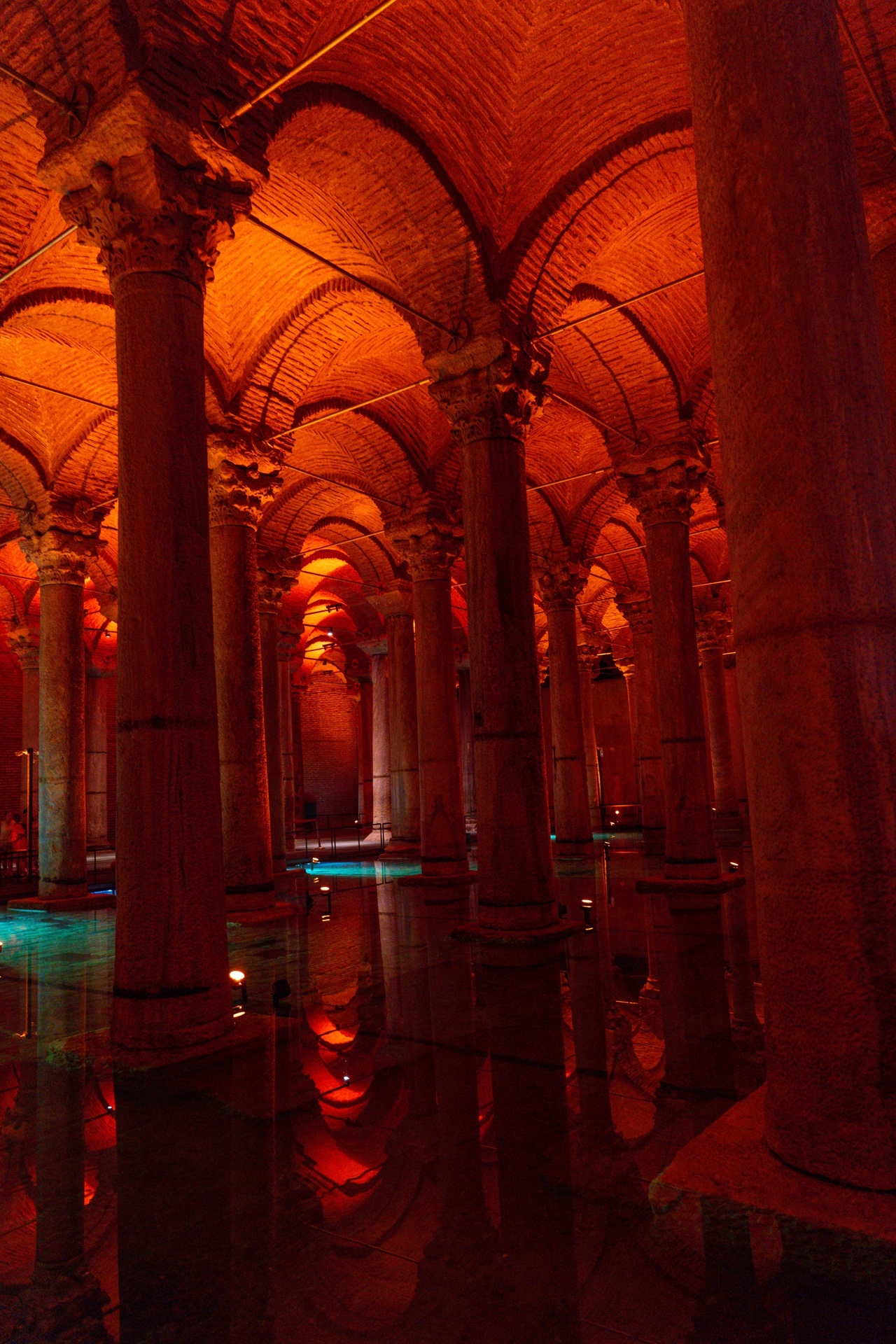

NEARBY ATTRACTIONS
The Basilica Cisterns are located near other must-visit landmarks, such as the Blue Mosque, Grand Bazaar, Topkapi Palace, and the Hagia Sofia.

Visiting the Cisterns of Istanbul is a journey back in time, providing a captivating glimpse into the city’s ancient water infrastructure. Visiting the Cisterns is an amazing way to be introduced to ancient Byzantine history, and can easily be combined with a visit to Blue Mosque, Topkapi Palace, and the Hagia Sofia..
To check out our full Istanbul gallery, click here!
